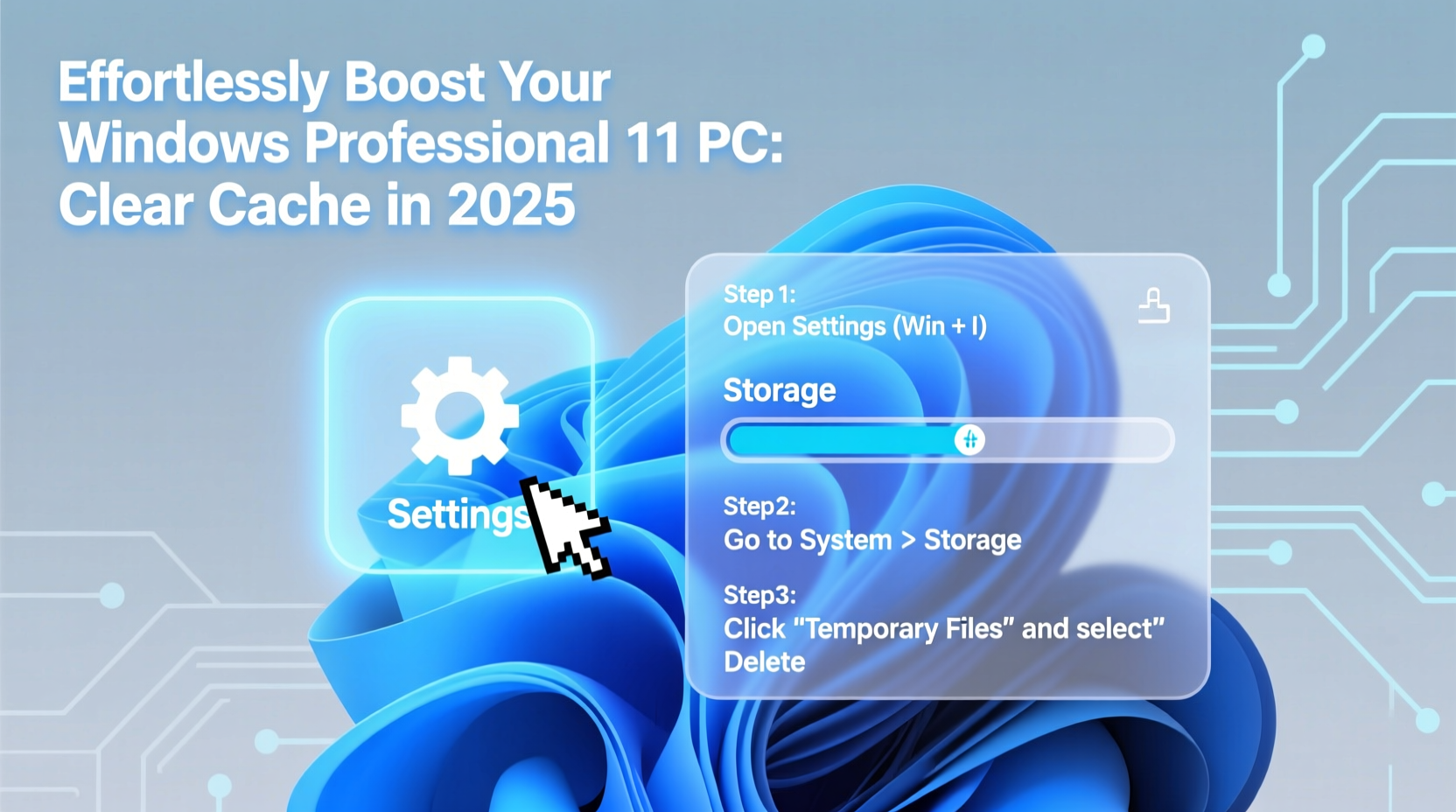Comprehensive Guide to Optimizing Your Windows PC Performance
A cluttered desktop is more than just an eyesore; it might also indicate your computer is experiencing a performance slowdown. To ensure your system runs smoothly, you should begin by updating to the latest version of Windows. Surprisingly, many users find their devices are running on outdated software, which can lead to a myriad of issues. If your system is up-to-date, there are several other effective strategies you can adopt to enhance performance.
Windows Cleanup Utilities: Simple and Effective Tools
Windows operating systems come equipped with built-in utilities designed to enhance performance by clearing space — and you don't need to look far, as they're already installed on your PC. While these utilities are not intended for extensive repairs, they can significantly increase speed by eliminating unnecessary files. Regular usage results in cache files that can become corrupted or outdated, leading to prolonged boot times and other operational quirks. Removing these files can result in a noticeable boost in performance.
How to Use Windows Cleanup Recommendations
Windows 11 offers a feature that identifies large files, unused applications, and system files safe for removal. Following these recommendations is an ideal initial step toward optimizing disk space:
- Click the Start button and go to Settings.
- Select System followed by Storage.
- Scroll down to Cleanup recommendations.
This option highlights temporary files in the Downloads folder and items in the Recycle Bin. Deleting these can free up valuable storage space. However, before proceeding, ensure that there are no files in your Downloads folder that you still need, as they might be important. Additionally, Windows will suggest other large or unused files that you may consider removing. These could often be videos or large images that may not be necessary.
Using the Disk Cleanup Utility for Efficiency
Disk Cleanup is a versatile utility available across Windows versions and is simple to access. To launch it, just search for "Disk Cleanup" in your taskbar search box. It will identify temporary internet files, setup log files, and different cache files that are safe for deletion. Removing these can reclaim substantial disk space.
Clearing Location and DNS Cache for Performance Boost
Various data is generated when your PC syncs to different locations, which can be safely cleared to free up storage space:
- Access Settings from the Start menu.
- Go to Privacy and Security.
- Scroll down to Location history and click Clear.
If internet speeds are sluggish, a simple DNS cache flush can help improve the situation. Execute this with a simple command:
- Press Windows key + R to open the Run command box.
- Enter
ipconfig/flushdnsand hit enter.
Maintaining Optimal File Management
Good file management habits are crucial for keeping your Windows PC in optimal condition. Monitoring and limiting file creep play a significant role in this process. While these cleanup tools may seem minor, their collective efforts lead to noticeable improvements in system performance over time.











 浙公网安备
33010002000092号
浙公网安备
33010002000092号 浙B2-20120091-4
浙B2-20120091-4